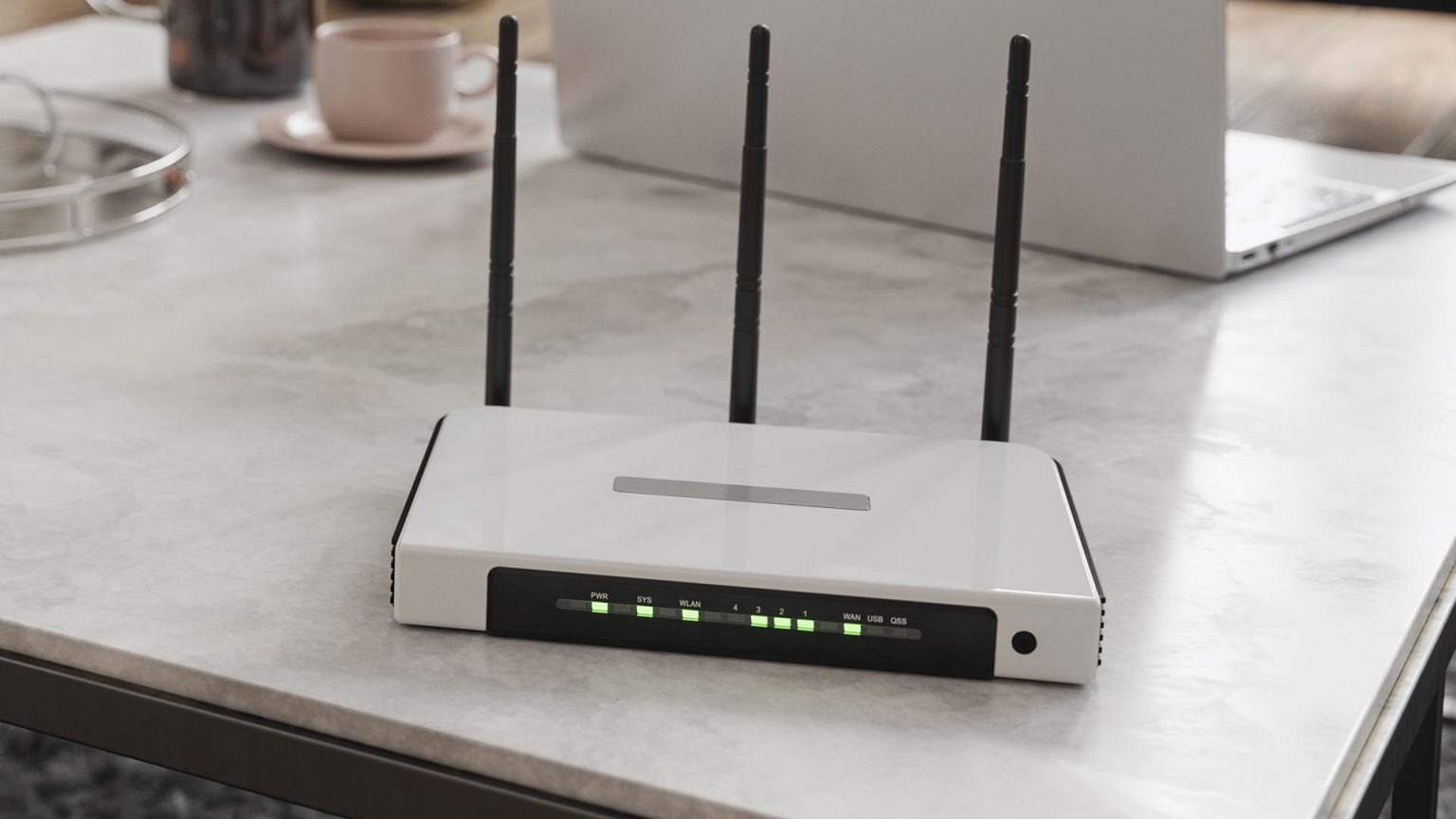The festive season often brings with it a noticeable dip in Wi-Fi performance, leaving many users frustrated with slower speeds. While increased internet usage due to people staying indoors might seem like the culprit, the twinkling fairy lights adorning homes during Christmas can also be a significant source of interference. These seemingly innocuous decorations generate electromagnetic fields that can disrupt Wi-Fi signals, particularly when placed in close proximity to the router. The density of the lights and the presence of bundled wires further amplify this effect, creating a stronger electromagnetic field that clashes with the router’s own emissions.
The underlying principle behind this interference lies in the nature of Wi-Fi technology. Routers transmit and receive data through electromagnetic radiation, and the presence of other devices emitting similar radiation can lead to signal disruption. Fairy lights, along with other household appliances like microwaves, wireless speakers, and baby monitors, fall into this category. The electromagnetic fields generated by these devices can overlap and interfere with the Wi-Fi signals, resulting in reduced speeds, dropped connections, and overall degraded network performance. This phenomenon is not unique to fairy lights; any device emitting electromagnetic radiation has the potential to disrupt Wi-Fi signals to varying degrees.
To mitigate the impact of fairy lights on Wi-Fi performance, strategic placement of both the router and the decorations is crucial. Experts recommend plugging the router and the lights into different electrical sockets to minimize interference. This physical separation helps to reduce the overlap of electromagnetic fields, allowing the router to transmit and receive signals more effectively. Furthermore, optimizing the router’s location within the home can significantly improve Wi-Fi coverage and performance. Placing the router in a central, open area ensures that the signal can reach all corners of the house without being obstructed by walls or furniture.
Beyond fairy lights, several other household appliances can contribute to Wi-Fi interference. Devices such as televisions, microwaves, ovens, refrigerators, dishwashers, washing machines, cordless phones, kettles, and toasters all emit electromagnetic radiation that can potentially disrupt Wi-Fi signals. Even water pipes can affect Wi-Fi performance due to their ability to absorb and reflect radio waves. Moreover, the proximity of other Wi-Fi routers, especially in densely populated areas like apartment buildings, can lead to channel congestion and interference.
Optimal router placement is paramount for maximizing Wi-Fi performance. Keeping the router in a central, open location ensures that the signal can reach all devices effectively. Enclosing the router in a cupboard or storage box can not only restrict airflow but also lead to overheating, which can further degrade performance. Similarly, placing the router near heat sources like fireplaces or heaters should be avoided. The ideal location for a router is away from obstructions, electronic devices, and heat sources, ensuring optimal signal strength and consistent performance.
In summary, while increased internet traffic during the holidays can contribute to slower speeds, the electromagnetic interference from festive decorations like fairy lights can also play a significant role. By understanding the principles behind this interference and taking simple steps like strategic placement of the router and lights, users can minimize disruptions and enjoy a smoother online experience during the holidays. Furthermore, being mindful of the potential interference from other household appliances and optimizing router placement can contribute to improved Wi-Fi performance throughout the year.











